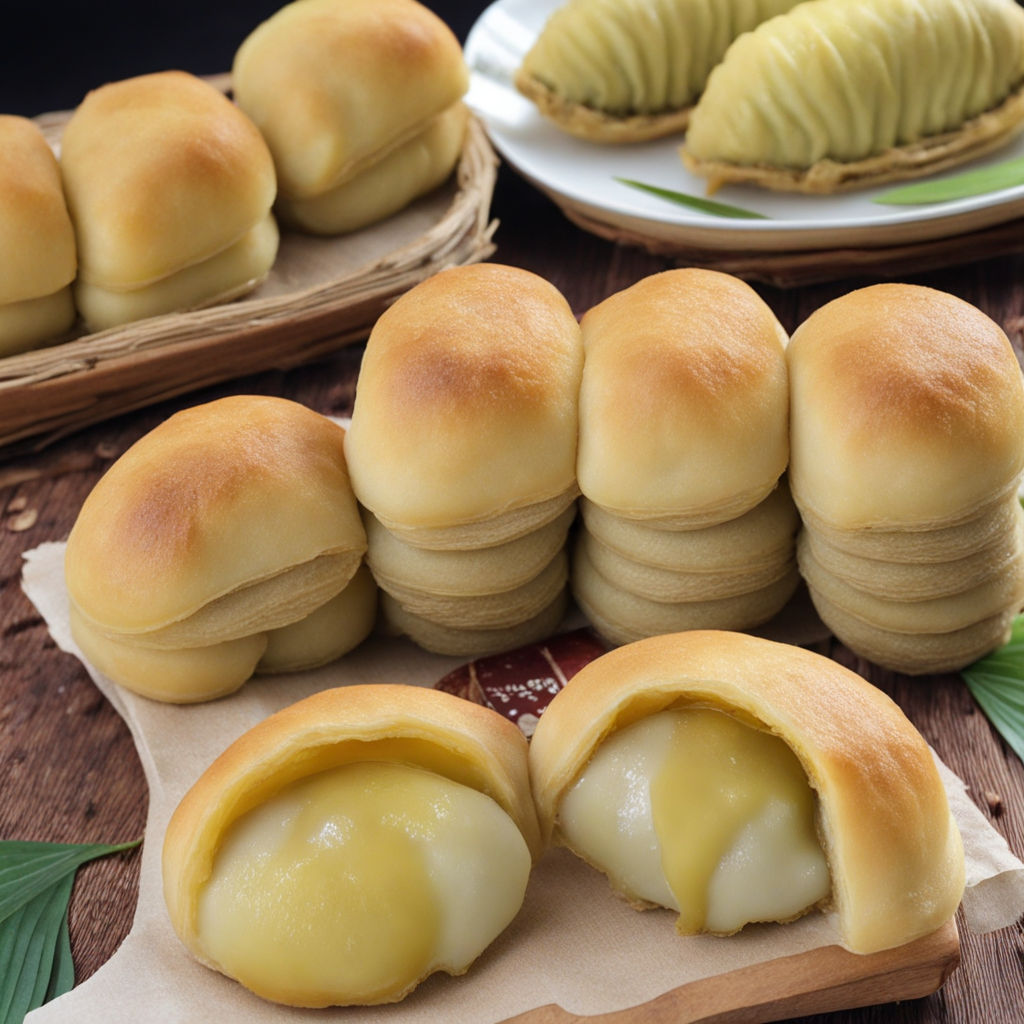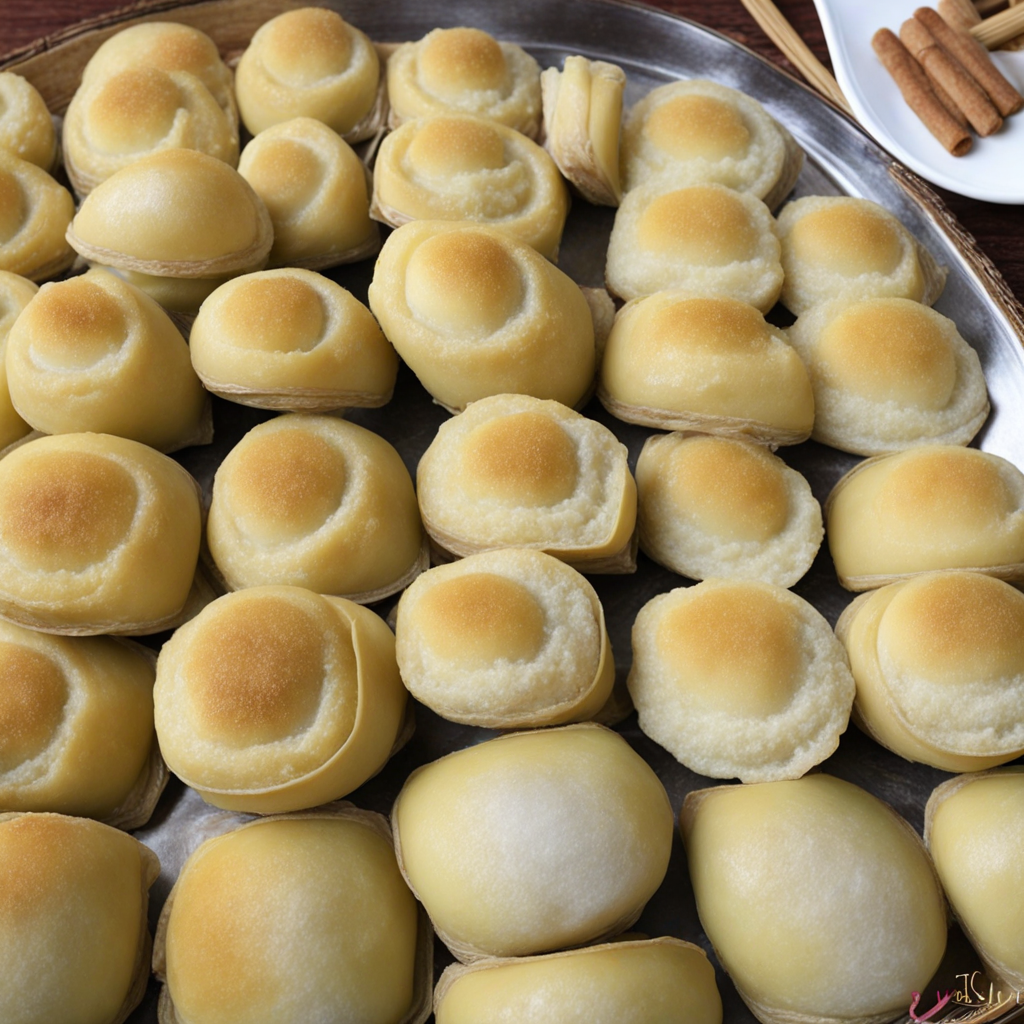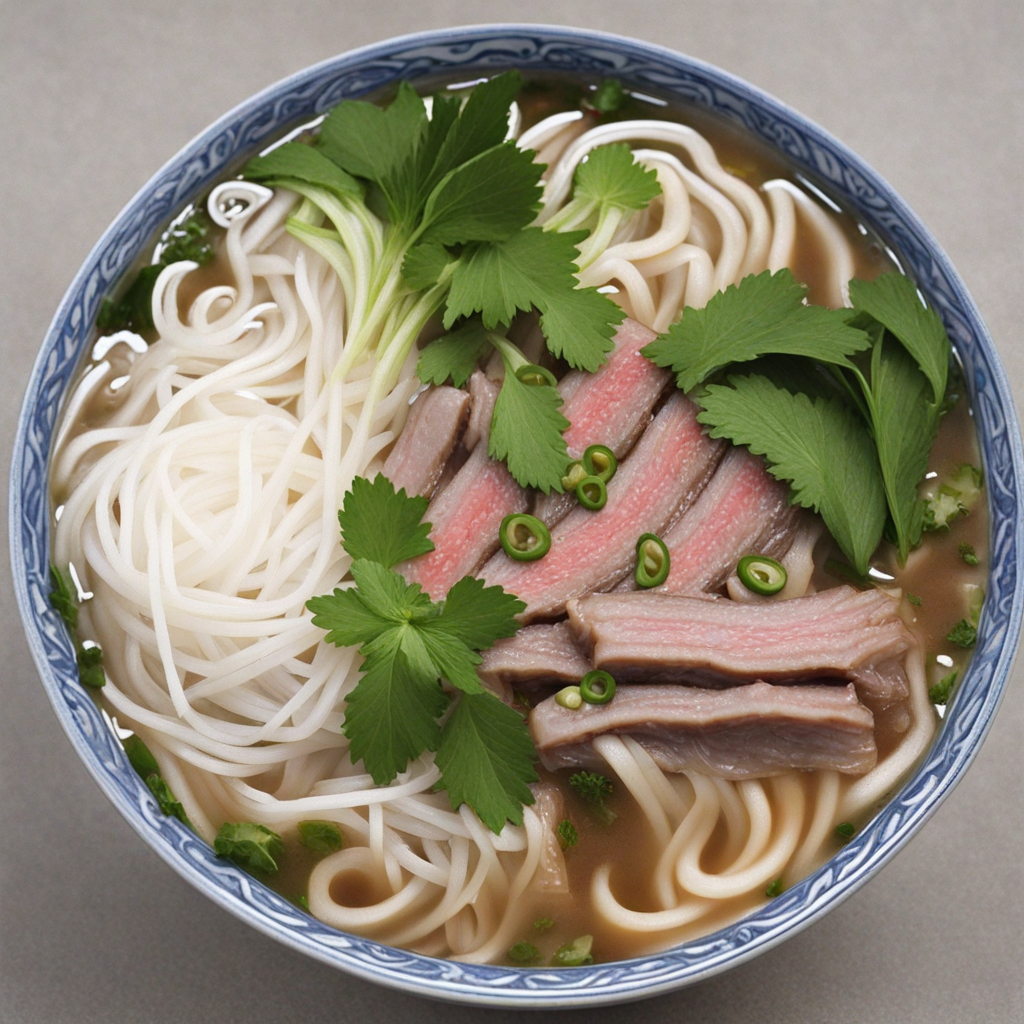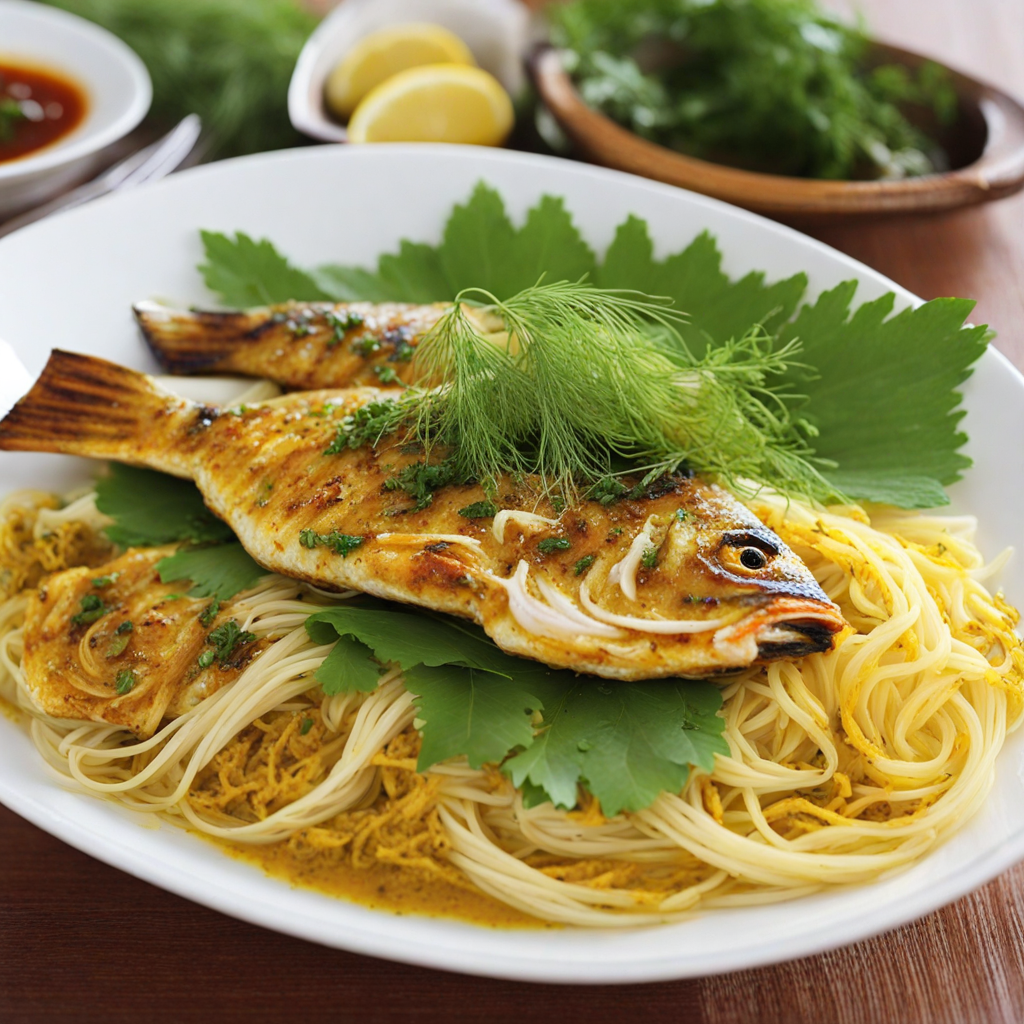Banh Pia
Banh Pia is a delightful Vietnamese pastry that embodies a unique combination of flavors and textures, making it a must-try for food enthusiasts. This treat typically features a soft, chewy exterior made from glutinous rice flour, which provides a satisfying contrast to its rich filling. The pastry is often shaped into a round or oval form, and its translucent skin hints at the deliciousness awaiting within. The enticing aroma of the freshly made Banh Pia fills the air, inviting you to take a bite and experience the delightful medley of tastes. The filling of Banh Pia is where the magic truly happens. Traditionally, it is filled with a blend of mung bean paste and salted egg yolk, creating a harmonious balance of sweetness and savory richness. The creaminess of the mung bean melds beautifully with the umami of the salted egg, offering a mouthful of contrasting flavors that dance on your palate. Some variations might even include a hint of coconut or durian, adding an exotic twist that deepens the complexity of this beloved snack. Each bite reveals a burst of flavor that celebrates the essence of Vietnamese culinary traditions. Banh Pia is not only a treat for the taste buds but also a feast for the eyes, with its glossy finish and appealing shape. Often enjoyed during festive seasons or as a casual snack, it represents the heart of Vietnamese street food culture. Whether you savor it with a cup of tea or as a quick bite on the go, Banh Pia promises an unforgettable culinary experience that showcases the rich diversity of flavors in Vietnam's gastronomy.
How It Became This Dish
Bánh Pía: A Delicious Journey Through Vietnamese Culinary History #### Origins and Early History Bánh Pía, a beloved pastry in Vietnam, particularly in the Mekong Delta region, embodies the rich tapestry of Vietnamese culinary traditions, influenced by a blend of local ingredients and cultural exchanges. The origins of Bánh Pía can be traced back to the 19th century, during the period of French colonialism in Vietnam. It is thought to have originated in the southern provinces, particularly in Sóc Trăng, where the local Chinese community, primarily Teochew and Cantonese immigrants, played a significant role in its development. The name "Bánh Pía" itself is derived from the Teochew dialect, with "bánh" meaning cake and "pía" meaning flaky or layered, reflecting the pastry's texture. Historically, the pastry was a representation of the cultural fusion between Vietnamese and Chinese culinary practices, particularly evident in its ingredients and preparation methods. #### Ingredients and Preparation Traditionally, Bánh Pía consists of a flaky pastry shell filled with a rich blend of mung bean paste, salted egg yolks, and sometimes, durian, a popular fruit in Southeast Asia known for its strong aroma and unique flavor. The mung bean filling is often sweetened, offering a delightful contrast to the savory salted egg yolk. The pastry is characterized by its delicate layers, achieved through a meticulous lamination process similar to that used in making croissants or puff pastry. The preparation of Bánh Pía is an art form in itself, involving rolling and folding dough multiple times to create the signature flaky texture. The addition of lard or vegetable oil during this process ensures a rich flavor and tender crumb. Over time, variations of Bánh Pía have emerged, incorporating different fillings such as coconut, taro, and even modern adaptations featuring chocolate or other international flavors. #### Cultural Significance Bánh Pía holds a special place in Vietnamese culture, particularly in the context of local festivals and family gatherings. It is often enjoyed during the Lunar New Year (Tết), symbolizing prosperity and happiness. The pastry's round shape is associated with completeness and unity, making it a popular choice for offerings to ancestors during important occasions. In Sóc Trăng, the home of Bánh Pía, the pastry has become a local specialty, with numerous bakeries and vendors dedicated to its production. Each establishment often boasts its unique recipe, creating a sense of friendly competition among bakers. Locals and tourists alike flock to these bakeries, eager to sample the diverse interpretations of this classic treat. The popularity of Bánh Pía transcends regional boundaries. As Vietnamese communities spread globally, particularly in the United States, Australia, and Canada, Bánh Pía has emerged as a symbol of Vietnamese identity. Bakeries specializing in Vietnamese pastries have found success in introducing Bánh Pía to new audiences, showcasing its cultural significance and unique flavors. #### Development Over Time As Bánh Pía has evolved, so too has its place in the culinary landscape of Vietnam. The late 20th century saw a surge in interest in traditional Vietnamese cuisine, coinciding with a growing appreciation for regional specialties. Bánh Pía, with its unique flavor profile and cultural history, gained recognition among food enthusiasts and culinary experts. In recent years, the pastry has experienced a renaissance, with innovative chefs experimenting with traditional recipes and techniques. Modern interpretations of Bánh Pía have emerged, incorporating contemporary flavors and ingredients, appealing to a younger generation of food lovers. For instance, some bakers have introduced vegan Bánh Pía, substituting traditional lard with plant-based oils, while others have embraced fusion cuisine, infusing the pastry with global flavors like matcha or green tea. Moreover, the rise of social media has played a pivotal role in popularizing Bánh Pía among a broader audience. Food bloggers and influencers showcase the pastry's aesthetic appeal and deliciousness, encouraging people to seek out authentic Vietnamese bakeries and try their hand at making Bánh Pía at home. #### Conclusion Bánh Pía is more than just a pastry; it is a symbol of cultural exchange and culinary heritage. Its rich history reflects the influence of various communities and the adaptability of Vietnamese cuisine. As it continues to evolve, Bánh Pía remains a cherished treat, bridging generations and cultures. Whether enjoyed during festive celebrations or as a simple snack, Bánh Pía encapsulates the essence of Vietnamese culinary artistry, inviting all who taste it to savor a piece of history. In the grand narrative of food history, Bánh Pía stands out not only as a delicious delicacy but also as a testament to the resilience and creativity of the Vietnamese people. Today, as it finds its place in the hearts and palates of food lovers around the world, Bánh Pía continues to tell the story of Vietnam, one flaky layer at a time.
You may like
Discover local flavors from Vietnam







